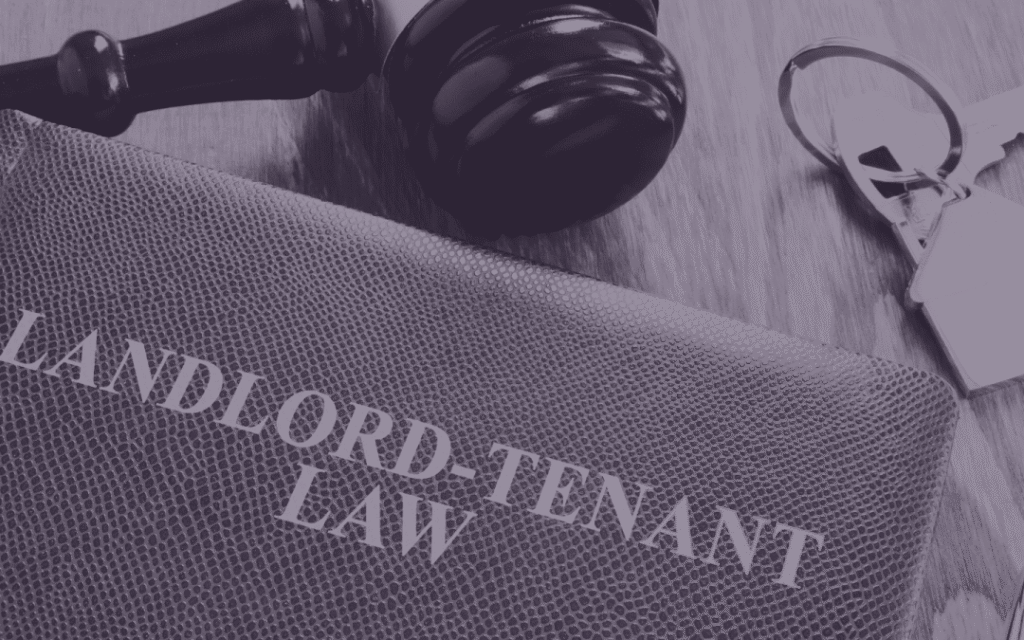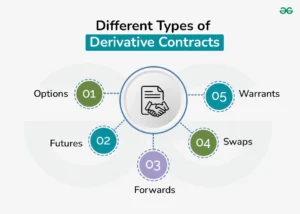Forfeiture of lease is a big legal remedy for landlords in the UK when a tenant breaches the lease. This allows landlords to end the lease and repossess the property. However, forfeiture is governed by strict rules to protect both parties.
What is Forfeiture of Lease?
Forfeiture of lease (also known as lease termination) is when a landlord ends a lease because a tenant breaches the contract. Common breaches are non-payment of rent, breach of lease terms, subletting without permission, damage to the property or illegal activities on the premises.
Legal Basis for Forfeiture
The landlord’s right to forfeit must be written into the lease agreement in a “forfeiture clause” or “proviso for re-entry” . Without this clause the landlord can’t forfeit.
Legal Procedures for Forfeiture
- Section 146 Notice
Before forfeiture the landlord must serve a Section 146 Notice under the Law of Property Act 1925. This notice tells the tenant of the breach and gives them time to put it right within a specified time frame. The notice must include:
- Details of the breach.
- Instructions to put it right if possible.
- Monetary compensation if applicable .
- Remedy Period
The tenant is given a reasonable time to put it right. If the tenant doesn’t do so within that time the landlord can forfeit.
- Peaceable Re-entry
For commercial properties, landlords can re-enter the premises peacefully and change the locks without a court order, as long as no force is used, and the property is unoccupied. This is often used for non-payment of rent.
- Court Proceedings
If peaceable re-entry isn’t an option or for residential properties the landlord must go to court for a possession order. This involves filing a claim, attending a hearing and getting a court order to repossess the property .
Post-Forfeiture Actions
Once possession is obtained the landlord should deal with any goods left by the tenant and get the property ready for reletting. They may also need to do repairs or maintenance to get new tenants in.
Relief from Forfeiture
Tenants can apply for relief from forfeiture which if granted will reinstate the lease. The application must be made promptly, usually within 6 months of the forfeiture .
Best Practices to Avoid Forfeiture
For Tenants:
- Read and comply with the lease.
- Pay rent on time.
- Look after the property and communicate with the landlord.
For Landlords:
- Draft clear and comprehensive lease agreements.
- Do regular inspections.
- Manage tenant relationships and address breaches proactively .
FAQs
What is a Section 146 Notice? A Section 146 Notice is a formal notice from a landlord to a tenant telling them of a breach of the lease, what needs to be done to put it right and the time frame to do it .
Can a landlord forfeit a lease without a court order? For commercial leases landlords can use peaceable re-entry for non-payment of rent. For residential leases or other breaches a court order is usually required .
What happens if a tenant applies for relief from forfeiture? If granted relief from forfeiture reinstates the lease. The tenant must apply within a specified time, usually 6 months and may need to put the breach right and pay any associated costs .
What costs are involved in forfeiting a lease? Costs may be legal fees, court costs and expenses related to repairs and marketing the property for new tenants .
How can landlords avoid forfeiture? Clear lease agreements, regular inspections and good communication with tenants can prevent disputes that lead to forfeiture.
By knowing and following the right process landlords and tenants can navigate the lease forfeiture minefield and protect their interests.





